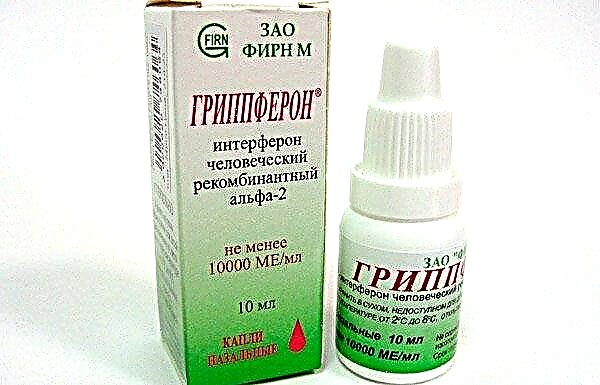
Amniotic fluid is essential for the baby's development and birth process. It is a unique environment that has a ton of functions. What water looks like, and how to recognize them, this article will tell.
What is it and what are the functions?
Amniotic fluid is a liquid medium that is produced by the inner part of the membranes in pregnant women. The amnion produces fluid, which is therefore called amniotic fluid. She surrounds the baby, being a completely natural habitat for him. The course of pregnancy and prognosis for childbirth depend on the state of the waters.
They withdraw in the first phase of labor, when contractions reach their peak. But this is the classic version of the norm. In practice, discharge may be earlier.

Nature has several key functions assigned to waters.
- The liquid medium nourishes the baby, since it contains lipids, proteins, glucose, hormones. In the early stages, the embryo absorbs these substances through the skin, and later begins to swallow water, digest them and write. The composition of the waters is updated every 3 hours.
- Thanks to them, constant temperature and pressure are maintained in the uterine cavity.
- Water is a shock absorber that cushions any external influences such as shock and pressure. Water prevents the umbilical cord from being pinched.
- Antibodies are present in the amniofluid, and the bladder is sealed - this is the protection of the baby from bacteria and viruses from the outside.
- Thanks to the liquid medium, the baby is able to move.
- Amniofluid protects the baby from loud sounds, which are many on the other side of the mother's abdomen.
In the process of childbirth, the discharge of water has an additional importance - enzymes in the composition of the fluid help to accelerate the opening of the cervix and facilitate the labor process.

Specifications
Many women are interested in what amniotic fluid looks like. They can be described by several key characteristics.
Color and consistency
In the early stages of pregnancy, the waters may have a slight pinkish tinge, reminiscent of ichor. But gradually they become lighter. Normally, in uncomplicated pregnancy, they are clear or slightly cloudy. The turbidity is physiological, not dangerous. It appears due to the presence of particles of exfoliated epidermis in the liquid, particles of primordial lubricant, with which the baby's body is densely covered, while his skin is thin and vulnerable. Thin, colorless lanugo hairs float in the medium. The composition contains some solutions of salts and vitamins.

A change in the color of the waters and consistency is an important sign that can potentially indicate the unhappiness and intrauterine suffering of the fetus. If the waters become milky and contain large floccules, this may indicate an intrauterine infection.
If they are brown or red, this is a sign of the presence of blood in the amniotic fluid, and often stillbirth is recorded after the discharge of brown waters. All shades of green are a sign of the presence of meconium in the liquid. Meconium is the original feces that normally leave the baby's rectum only after birth. Under stress factors, for example, with hypoxia, early bowel movements can occur, due to which the fluid becomes contaminated with feces.

Since contaminated water poses a risk of infection, aspiration, it is not always advisable to continue pregnancy. Stimulating childbirth, doing a cesarean section or trying to keep the pregnancy a little longer is decided on an individual basis, taking into account the vital signs of the fetus.
Specific smell
Clean and healthy amniotic fluid has no odor, at least no specific odor, like other biological fluids - urine, blood, semen. Only in case of contamination with meconium or purulent fragments during the outpouring of amniotic fluid is an unpleasant odor observed, which obstetricians often call "swamp".
Number
In the first half of pregnancy, the amount of water increases, reaching a peak by the middle of the 2nd trimester, after which a gradual decrease in the volume of fluid inside the fetal bladder begins. This is important so that the pressure inside the uterus is maintained at a stable level.
The child grows, and the amount of water decreases so that there is no overstretching and rupture of the walls of the uterus. Quantity measured amniotic fluid index.
In different weeks of pregnancy, there are average rates, respectively, for childbirth, the amount of water in the fetal bladder is minimal.

With a decrease in the amount of fluid below the lower threshold of the norm, they speak of lack of water. Excess volume in excess of the upper limit of the norm is considered polyhydramnios or polyhydramnios. Both conditions are severe complications of fetal bearing, which require a special medical approach in the management of pregnancy and childbirth.
The amount of water is determined when undergoing ultrasound diagnostics.
Leakage and discharge diagnostics
How the water looks on the linen or pad depends on the color and the amount of water released. With a one-time outpouring, it is difficult for a woman to make a mistake - the liquid leaves in large quantities. It is important to note their color and consistency in order to communicate this information to the doctor if an outpouring occurs outside the walls of a medical facility.
It is more difficult to understand that the waters are leaking. At the same time, rupture of the fetal bladder does not occur, water can ooze in small quantities. More often it looks like a watery discharge, which intensifies after a woman lies down for a while or when the position of the body changes, when coughing, sneezing, laughing.
Today there are amniotests that can help identify leakage. Most inexpensive pharmacy tests are special pads that contain a matrix that can capture the acidity of secretions.

If there is no water, the discharge is usually acidic, and when it leaks, it is alkaline. After several hours of wearing on the pad, the control strip changes color if it leaks.
There are more complex tests that are based on the determination of protein fractions in the secretions that are characteristic only of the amniofluid medium. These are expensive, but more accurate test systems, the results of which are trusted by specialists in maternity hospitals.




